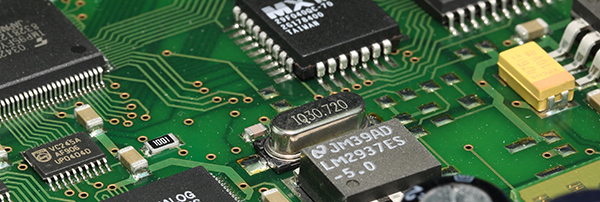Do you have any questions? Email Us
[email protected]

Ceramic materials are indispensable in electronic devices such as smartphones, computers, and televisions. Technical ceramic materials have superior electrical and magnetic properties. Ceramics are generally lighter and smaller than metallic materials.
The substrate is a thin and flat-fired material. Ceramic has excellent thermal and dielectric properties and is a very suitable material for the substrate. Three ceramic substrate materials are widely used; they are aluminum oxide (Al2O3), aluminum nitride (AlN), and beryllium oxide (BeO). Ceramic substrates have the advantages of low dielectric constant and dielectric loss, high thermal conductivity, and good chemical stability.
Ceramic electronic sensors are often found in machinery and equipment that must meet demanding requirements because ceramic materials combine high strength, thermal stability, and corrosion resistance. In such applications, they mainly monitor non-electrical variables such as temperature, pressure, flow, distance, acceleration, moisture content, gas concentration and convert these variables into electrical signals which are then further processed in downstream electronic components.
Ceramic materials have excellent electrical, mechanical, and physical properties and their use in the semiconductor industry is increasing.
Fused silica is the most widely used ceramic in the semiconductor industry. Its applications in the semiconductor industry include crucibles for drawing silicon ingots, epitaxial silicon deposition reactors, wafer carriers, single-wafer processing equipment, wet etch tanks and complex machined parts, and etc.
Alumina is electrically and thermally insulating. It is used extensively in semiconductor wafer processing equipment.
Silicon nitride ceramic ball bearings are one of the traditional uses in the semiconductor industry. Ceramic balls have less lubrication, low friction, electrical insulation and good corrosion resistance.
Recent Posts
Hexagonal Boron Nitride Used as A Substrate for 2D Materials
ZSBN Nozzles Used in Molten Metal Atomization
Boron Nitride Nanosheets Used as Protective Barriers for Metals
Find More Info

